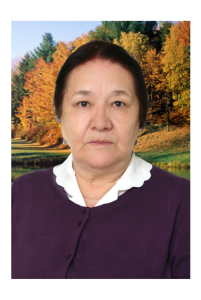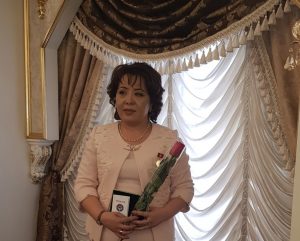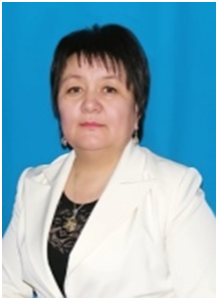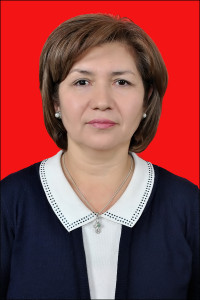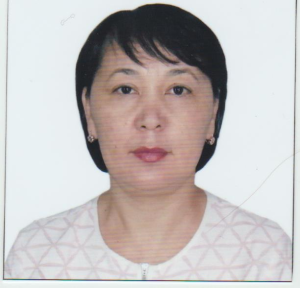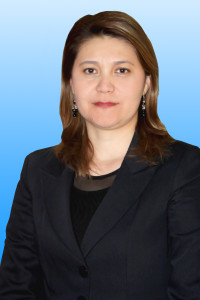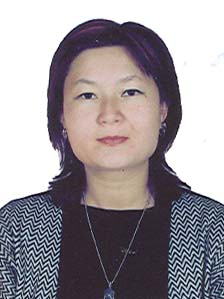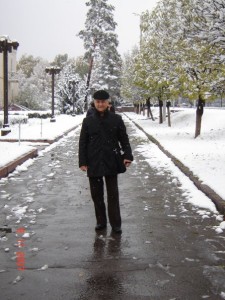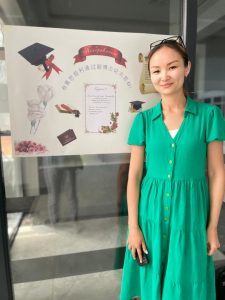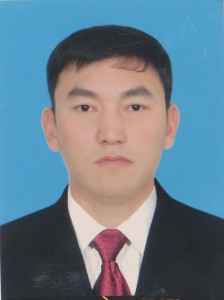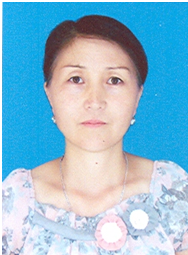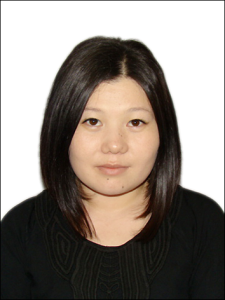About
Basic semiotic foundation and its place in the linguistic research.
As we know the linguistic semiotics deepens our research and knowledge and makes the other culture more understandable and clear as the result of the semiotic analyses we define special peculiarities of the definite culture. There are above mentioned scientists who invented a lot to semiotics as science .Their theoretical and practical researches are still serving for the development of the semiotics in our times.
Contemporary semiotic theory merges the thought of Ferdinand de Saussure and Charles Sanders Peirce and Charles Morris and their followers in many directions . The main idea invented by Ferdinand de Saussure was to find the differences of the language system. As to the Charles Peirce , he divided all the signs into : Indexes, Icons and Symbols . Icons are such signs where the images are the same, indexes that direct our attention to the sign or to the object of the sign, and symbol where there is only relations between the sign and its meaning .
After Charles Peirce’s ideas of semiotics, semiotics as a science is researched by the American scholar Ch.Morris deeply and he divided the semiotic units into three groups : a)general notional; в) interpersonal; c) individual ; . On the basis of their peculiarities he defined these semiotic units that they are to be researched from the point of their a) semantics; b) pragmatics ; c) syntactic. The signs are oriented to the identification and it is very important where it is used, secondly the signs are oriented to the designator what it is necessary to know , thirdly signs might be evaluated and the answer will be why it is used , they are prescriptive and the part of the sign system. These scholars were the beginners of the semiotics as science that is connected with many other related sciences like philosophy, culture, anthropology, ethnology, biology, specially linguistics and so many others.
Here are some of the most important starting assumptions. As we know that cultures are formed through language. Language is public, social, and communal, not private or personal. Users of a common language form what is called a «speech community,» though we use the notion «speech» in this context to include many kinds of communication communities (subcultures, dialects, ethnic groups, social-class specific communities. Every nation’s language is a system with rules and wit its own internal structures. Language as a system is multi-leveled, from speech sounds, words, and sentences to longer units called discourse. Discourse circulates through a culture, providing meanings, values, and social identities to individuals. Discourse is the level studied by most cultural theory and semiotics. All of our cultural statements—from «mainstream» and official «high culture» products to popular culture genres and emerging new cultural forms—can thus be studied as forms of discourse, parts of a larger cultural «language.» Communication and meaning are formed by mediations—representative or symbolic vehicles that «stand for» things, meanings, and values. On the base of that the mediating vehicles are called «signs». For example, words in a language, images, sounds, or other perceptible signifiers. After A.B. Vinogradov we may say that signs and sign-systems never present a copy of «reality», it is mediated way of knowing, thinking-out a socially interpreted and valued representation by the speaker and it is free from its denotative meaning under the term “disembodiment, he talked about the term “arbitrariness ” where de said that all the signs are invented by the members of the society or community ”. It is the study of how a society produces meanings and values in a communication system is called semiotics, from the Greek term semion, «sign». (Here «sign» has a specialized meaning, referring to our social and cultural vehicles for signification or meaning.). A.B. Vinogradov used the term “singularity ” that means the sign is to be used only for one case, for one situation on the connotative level, in other cases it might have different meanings . Languages, and other symbolic systems like music and images, are called sign systems because they are governed by learnable and transmittable rules and conventions shared by a community. As the result of that Russian academician A.B Vinogradov’s definition about “arbitrariness” that are established and governed by the community, we are able to use the case in all semiotic system . Semiotics is very important to understand other cultures as well as their inner world and generally worldview of the nation. A lot of contribution is done by the semiotics like T. Sebeok, R Barth,U.Eko, U. Lotman, and so many others . Like all the other semiotic scholars, me and my followers, together with my students decided to organize Kyrgyz Semiotic and Translation School in our republic.
I would like to express my deepest and special appreciation to Farouk Y. Seif, key note speaker of the first Simposium on semiotics in Kyrgyzstan , to my former post graduate students- who had now PH.D degrees, to my collegues,to my students of the IFL for the support of this idea and for the organization of the first symposium on semiotics and translation in Kyrgyzstan for the first time .Many special thanks for the administrative staff of the International University of Kyrgyzstan who supported me all the time. They are : Academician of the Kyrgyz Republic, founder of the IUK Aidaraliev. Asylbek Akmatbekovich. The president of the IUK, doctor of Law , professor Asanaliev.Tilek Asanalaievich. Vice president of the IUK doctor od Pedagogics , prof Narkoziev Amanbek Karashevich.
Kyrgyz scientific semiotic Philological school .
In Kyrgyz society there were some people who were interested in semiotics Shukurov.E.J., A.A. Brudnyi. They touched cultural peculiarities semiotics of the Kyrgyz culture from the point of philosophy . Linguistic peculiarities and its connection with semiotics was researched by the doctor of philology , professor Karaeva .Z.K. for the first time on the translated by Walter May materials of the Kyrgyz great epic “ Manas” There are endless examples for the semiotics in the epic. Realizing that our unique culture should be spread to representatives of the other cultures we decided to establish our Kyrgyz semiotic school as many other graduate and postgraduate students included semiotics into their researches that made linguistic research more complete and the most understandable then before .
Kyrgyz scientific school of semiotics and translation is a special direction in semiotics based on Kyrgyz and English culture researched since in the 2006-th under the supervision of the professor, Doctor of Philology, prof Karaeva .Z.K. who researched firstly semiotics on the base of the Kyrgyz culture using the materials of the great epic “Manas ”.The school includes some scientists and researchers from Kyrgyzstan as well as from other countries like Turkey, CIS countries , from Russia and from the USA . The universities like BHU, Jalal –Abad State University, Osh State University, Naryn State University are taking an active part in the research of semiotics .
Karaeva ZinaDoctor of Philology, professor.
Ph.D . dissertations supervised by the professor Karaeva Zina.
Translation and Semiotics .Winner of the translation contest 2013. London. Fullbright scholar 2002.
Satybaldieva Gulmira … Translation of hyperbolies from Kyrgyz into English.
Orosbaeva Gulbarchyn. Ph.D. Lingua poetical analyses of the tragedy by W. Shakespeare
Asulbekova Aida Turusbekovna.Linguapoetical analyses of Alukul Osmonov’s poetry.
Mehmed Ili. Translation of the phraseological units from Turkey into English.
In all research papers they touched semiotic units and found their correspondents and defined their functions. Now some of the researchers like Oktay Chetin, Daut Ersoy, Totomatova Altynai, Surkeeva Dinara are researching their papers and they are interested in research of the semiotics units on the base of their topics .
Current interest in semiotics – study of signs is undoubtedly related to our increasing awareness that cross-cultural relations, understanding the world around us, establishing our identities and sharing with our experiences are deeply indebted to a variety of signs, sign systems and language that surround us. Since linguistics, literature and culture are fields that we accomplish through signs: written, oral, bodily and other verbal and non-verbal signs, semiotics appears well suited to furthering our understanding of the cultural and philosophical processes of thinking, symbolizing and communicating. Resorting to different semiotic perspectives academic papers and proposals in this symposium will deal with questions about the studying, teaching and learning of semiotics as well as the history and epistemology of signs, symbols and their signification. Symposium will also include discussions about the development and implementations of the national and regional semiotic schools.
